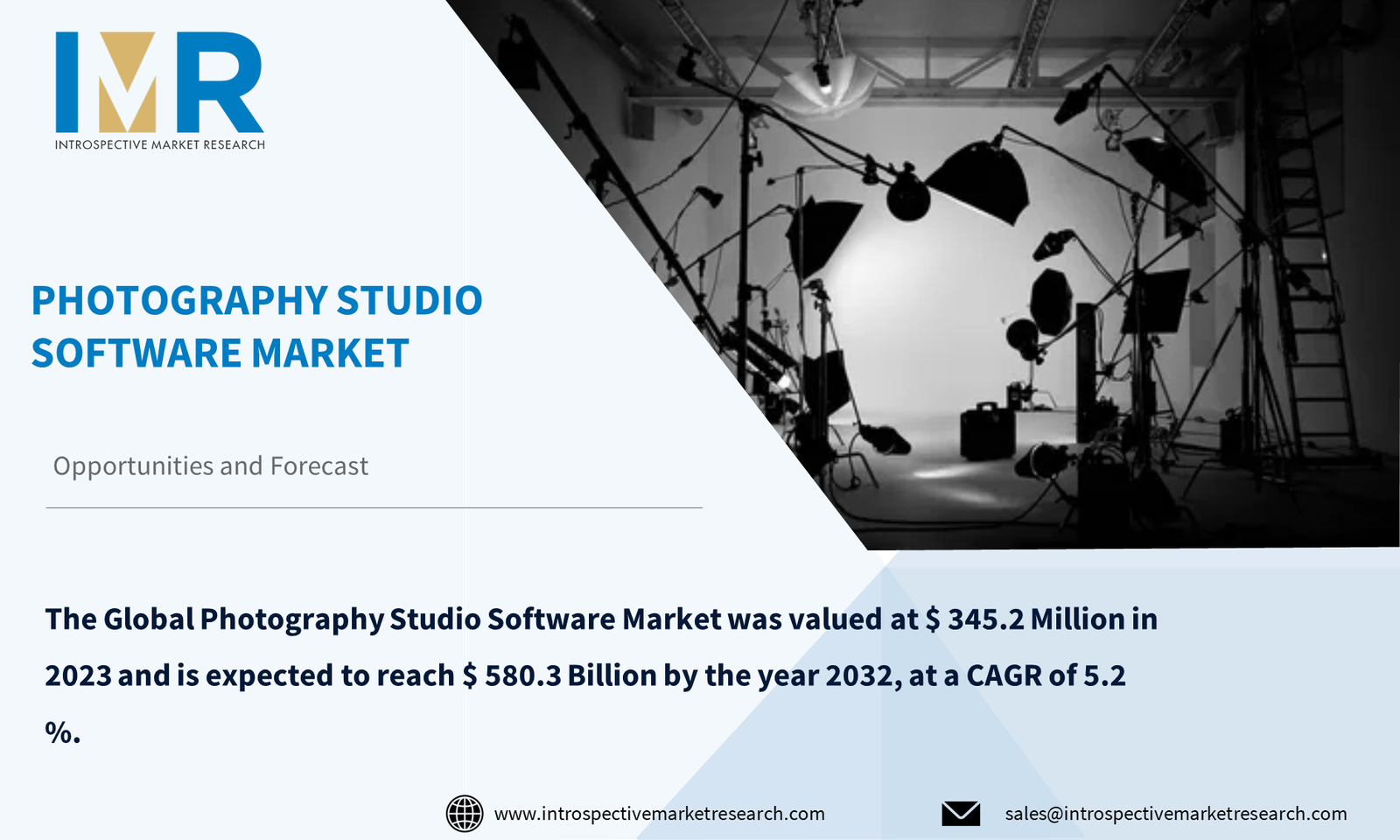Market Overview:
The global sweet dark chocolate market size was estimated to be approximately USD 7,692.78 million in 2022 and is projected to generate revenue of over USD 12,637.14 million by the end of 2030, with a CAGR of around 5.67% from 2022 to 2030.
Sweet dark chocolate is known for its indulgent flavor and richness, offering a deeper chocolate taste compared to milk chocolate without the inclusion of milk solids.
Sweet Dark Chocolate Market Drivers and Opportunities:
Increasing Demand for Premium and Luxury Chocolates: The market for premium and luxury chocolates, including sweet dark chocolate, has been expanding as consumers seek indulgent and sophisticated treats.
Vegan and Plant-Based Trends: Dark chocolate, especially those without milk solids, appeals to the growing number of consumers adopting vegan and plant-based diets.
Flavor Innovations: Manufacturers have been experimenting with unique flavor combinations and additions to dark chocolate, such as various nuts, fruits, spices, and even unconventional ingredients like chili or sea salt, to cater to diverse consumer preferences.
Sweet Dark Chocolate Market Trend Analysis:
The increasing demand for items containing cocoa is driven by its perceived health benefits. Cocoa is rich in polyphenols, particularly flavonoids, which possess high antioxidant activity, making it beneficial for various health conditions. Fine-flavored cocoa is experiencing rising demand, especially in North America and Western Europe, where there is a high demand for premium chocolate. Manufacturers are focusing on innovative combinations of natural sugars, specialty chocolate beans, and unique ingredients like dried fruits, citrus flavors, nuts, vegetables, and more to cater to health-conscious consumers and gourmet chocolate enthusiasts.
Segmentation Analysis of Sweet Dark Chocolate Market:
The 70% cocoa dark chocolate segment is anticipated to dominate the market due to its higher cocoa content and lower sugar content, making it a healthier choice for consumers. Chocolate bars with 70% cocoa content or more also contain higher flavanols, which are associated with various health benefits.
Regional Analysis of Sweet Dark Chocolate Market:
Europe is expected to dominate the market, being the top producer and consumer of chocolate and chocolate-related goods. Countries like Belgium, the Netherlands, Germany, and Switzerland are home to major industrial chocolate producers, making Europe a significant player in the chocolate market. The region is also the leading importer of cocoa beans globally, and demand for chocolate made with responsibly sourced cocoa has been increasing due to consumers' growing awareness of sustainable cocoa production.
Major Market Players:
Key players in the sweet dark chocolate market include Cemoi Chocolatier, Republica del Cacao, Nestlé S.A., Mars Incorporated, Fuji Oil Holdings Inc., Guittard Chocolate Co., Ghirardelli Chocolate Co., Varihona Inc., Barry Callebaut AG, Alpezzi Chocolate SA De CV, Kerry Group Plc, Olam International Ltd., Tcho Ventures Inc., The Hershey Company, Cargill Incorporated, and others.
The global sweet dark chocolate market is witnessing steady growth, driven by the increasing demand for cocoa-based products and the focus on innovation in new chocolate products. Europe remains a dominant player in the market, but the impact of the COVID-19 pandemic has posed challenges to the cocoa supply chain and chocolate production. Despite these challenges, the market is expected to grow due to the rising awareness of the health benefits of cocoa and the increasing demand for premium and gourmet chocolate products.
Sweet Dark Chocolate Market Segmentation:
By Type
- 70% Cocoa Dark Chocolate
- 75% Cocoa Dark Chocolate
- 80% Cocoa Dark Chocolate
- 90% Cocoa Dark Chocolate
By Product
- Bitter Chocolate
- Pure Bitter Chocolate
- Semi-Sweet Chocolate
- Organic Dark Chocolates
- Inorganic Dark Chocolates
By Application
- Beverages
- Food And bakery
- Personal Care & Cosmetics
- Pharmaceuticals
- Others
By Distribution Channel
- Supermarket/Hypermarket
- Speciality Store
- Convenience Store
- Others
For this report, Introspective Market Research has segmented the Sweet Dark Chocolate Market based on region:
Regional Outlook (Revenue in USD Million; Volume in Units, 2023-2030)
North America
- US
- Canada
- Mexico
Eastern Europe
- Bulgaria
- The Czech Republic
- Hungary
- Poland
- Romania
- Rest of Eastern Europe
Western Europe
- Germany
- UK
- France
- Netherlands
- Italy
- Russia
- Spain
- Rest of Western Europe
Asia Pacific
- China
- India
- Japan
- South Korea
- Malaysia
- Thailand
- Vietnam
- The Philippines
- Australia
- New Zealand
- Rest of APAC
Middle East & Africa
- Turkey
- Bahrain
- Kuwait
- Saudi Arabia
- Qatar
- UAE
- Israel
- South Africa
South America
- Brazil
- Argentina
- Rest of SA







